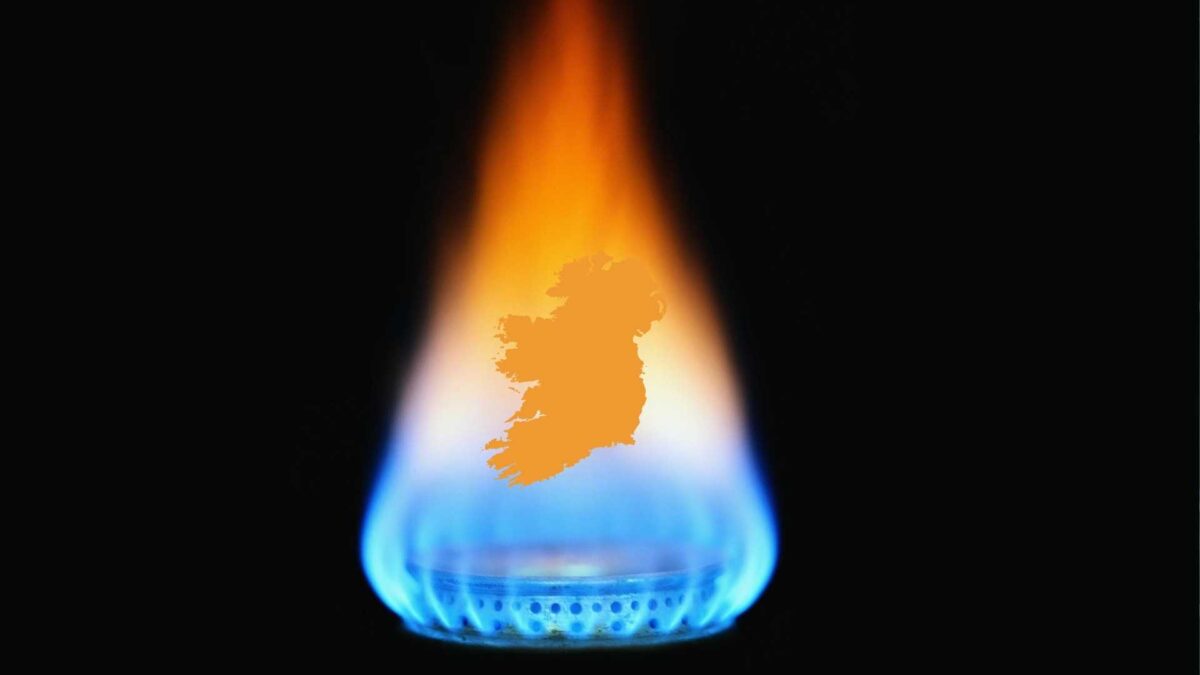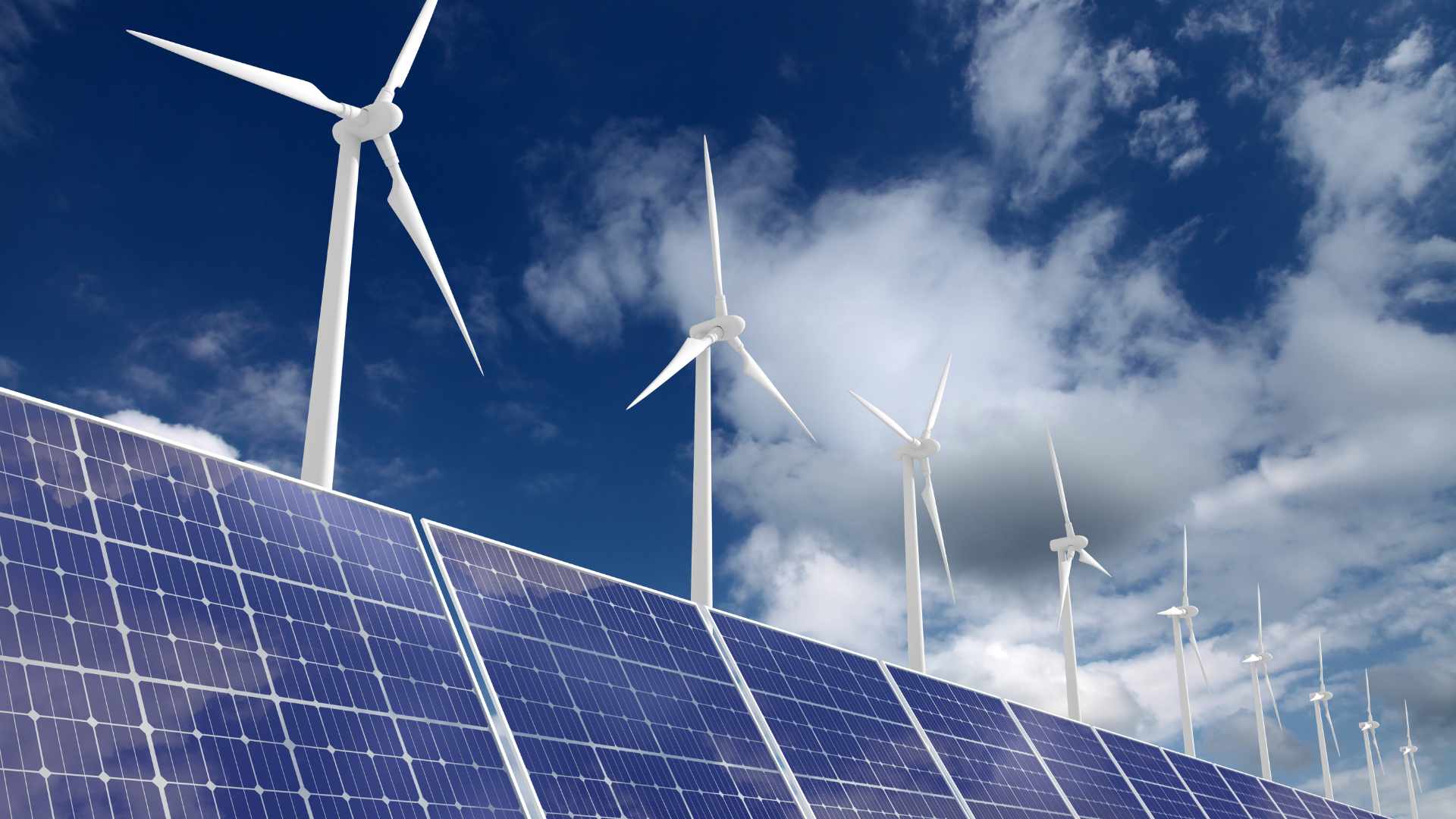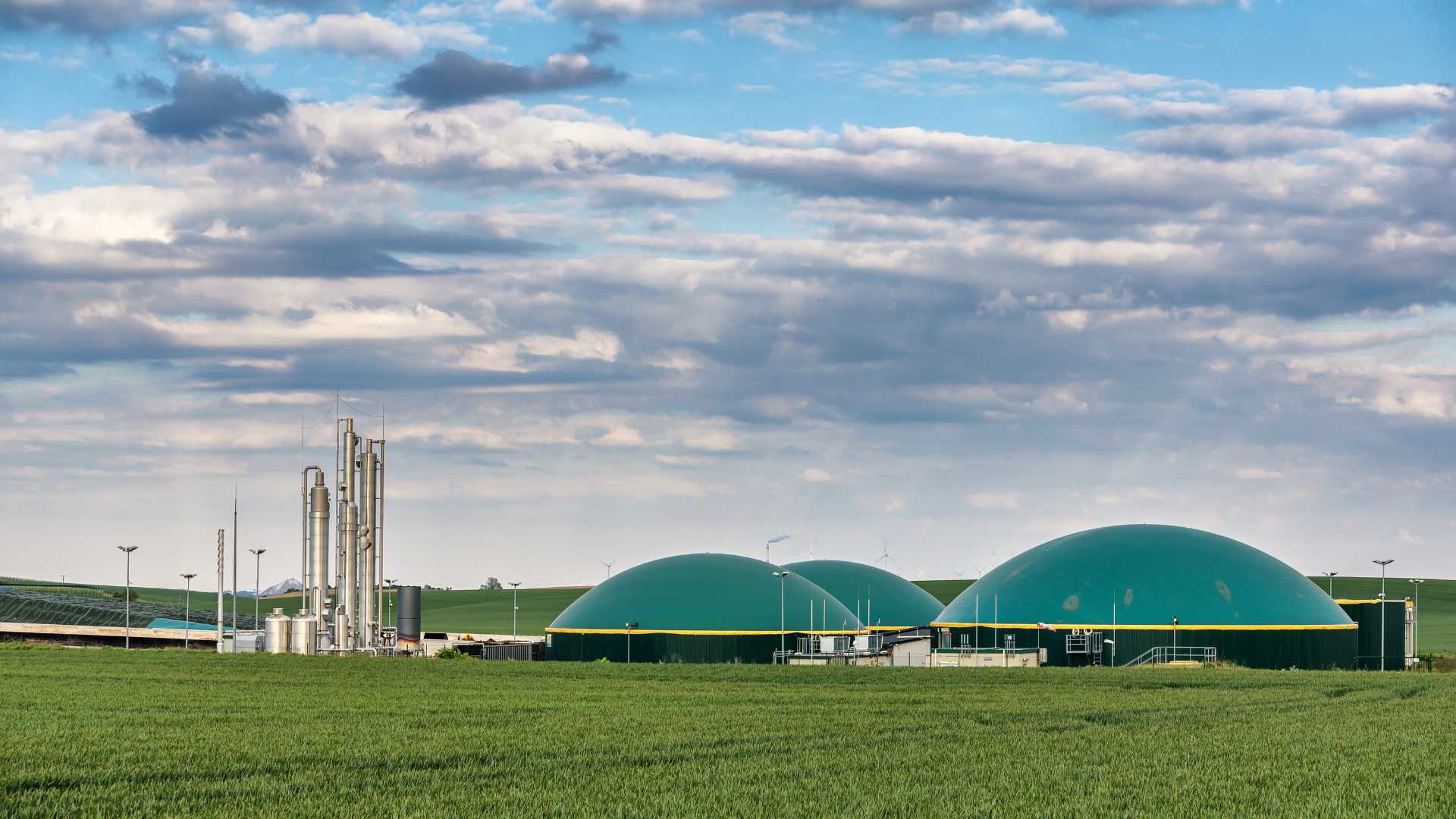
Gas demand rises despite warm August

Ireland’s gas demand rose by 9 percent in August 2025 compared with the same month last year, according to Gas Networks Ireland, despite it being the fourth warmest August on record.
The increase was driven in part by greater use of gas in electricity generation, following the phase-out of coal-fired power over the past year.
Month-on-month, however, gas demand fell by 9 percent compared with July, as warmer conditions reduced heating needs and stronger wind generation temporarily eased the reliance on gas for electricity.
Electricity generation mix shifts
Gas accounted for 45 percent of Ireland’s electricity in August, up from 36 percent a year earlier. At times, gas supplied up to 90 percent of electricity and never dropped below 13 percent, helping to stabilise supply when renewable output declined.
Wind generation fell to 27 percent of electricity in August, down from 35 percent in August 2024, with output peaking at 75 percent but dropping below one percent during periods of calm. Solar contributed around five percent of electricity, slightly down from six percent in July.
The year-on-year comparison was also affected by the full exit of coal from Ireland’s energy mix. In August 2024, coal still generated three percent of electricity, peaking at 10 percent. By August 2025, coal-fired operations at Moneypoint had closed, leaving gas to play a greater role in ensuring security of supply.
Edwina Nyhan, Gas Networks Ireland’s Director of Strategy and Regulation, said, “August’s gas demand report again highlights the vital role gas plays in balancing Ireland’s energy system. While warmer weather reduced overall demand and renewables contributed significantly, gas ensured a secure and reliable supply when wind output fell. As Ireland transitions its energy mix, gas continues to provide the flexibility needed to support renewable growth and maintain security of supply.”
Met Éireann confirmed last month that August 2025 was the fourth warmest August on record and the ninth warmest month overall in 126 years of observations.
The national average temperature was 16.8 degrees, which is 2.15 degrees above the 1961–1990 long-term average and 1.56 degrees above the 1991–2020 average. Several stations recorded maximum values of up to 28 degrees on August 12th during the warmest spell of the month.








